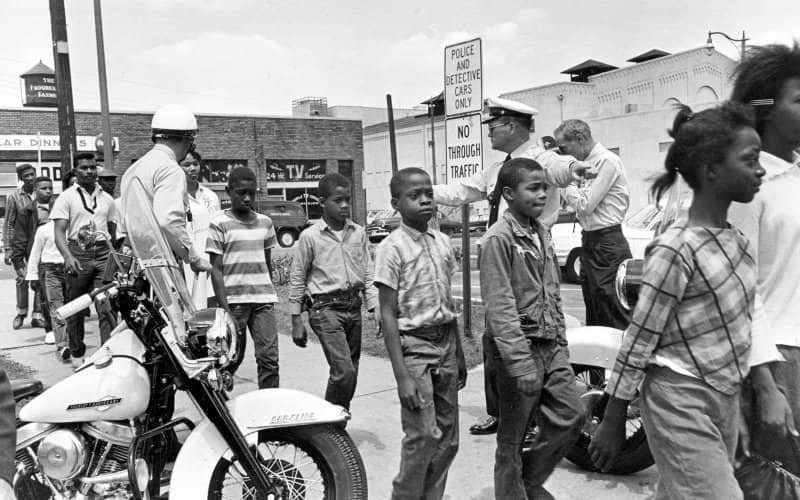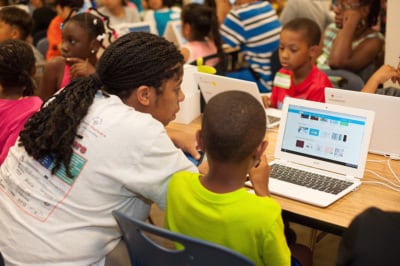
Students are going to remember what we said and what we did in our classrooms at this moment in history. They’ll remember if their teacher opted out of conversations about the unfair treatment of marginalized people, and if he or she ignored the hateful rhetoric seething through the gums of our new president. Students will say, “No we didn’t talk about that” or “My teacher wouldn’t answer my question about…”
They’ll also remember the teachers that allowed them to have conversations about what they’re seeing on the news or hearing from their parents. And they’ll love the teachers that led and facilitated experiences that taught them empathy, strengthened their knowledge, and gave them real skills they can use in their communities, whether it be their school communities or their neighborhoods.
We need to teach students how to resist, and that they have a history of resisting unfair laws. Fighting against injustice is not solely a role designated for adults.
Students have voices that are powerfully authentic and raw.
Here are 3 ways you can teach and show students how to resist:
Teach them about Alabama’s Children’s Crusade.
Also known as the Children’s March, this act of resistance in the 1960s against Segregation was led by thousands of teenagers from Alabama and surrounding towns. Children understood that Segregation impeded on their right to receive a quality of education equal to that of White children. Children endured attacks by dogs, fire hoses, and physical abuse from police officers while being arrested. Many children marched despite the disapproval of their parents, with a sense of urgency driven by their conviction of what was just. To facilitate conversations about this historic event, free resources, including teaching guides and videos, are provided by Teaching Tolerance.
Let them speak out about what they feel is unfair in their own schools.
Students have strong opinions about how they spend their time in school, from the amount of time that is allotted for recess, to what they are permitted to wear. As an educator, I understand the tension that is felt when relinquishing classroom control, but to prepare students for a life of activism and critical thinking we have to allow them to voice their opinions regarding their school environment. Student voice is critical in the evaluation of our practice to ensure that we are teaching towards liberation, and not reinforcing oppressive policies. Allow students to write letters, form committees, and request meetings with school leaders to voice concerns. And then change things.
Lead them through their own protests and marches.
Create experiences for students where they are able to amplify their voices and be heard. Give them the materials to create signs with a powerful statement. Have them create speeches that they can present in front of the entire grade level or school. Organize a school march around the campus and community. Help students get active.
We have the opportunity to provide students with skill sets and knowledge we did not receive. Take the time to talk about topics that might be uncomfortable, but necessary.
Build students who can challenge the world.
Editor’s Note: This article was first published in EdLanta. It is republished here with the author’s permission.
Recommended reading

